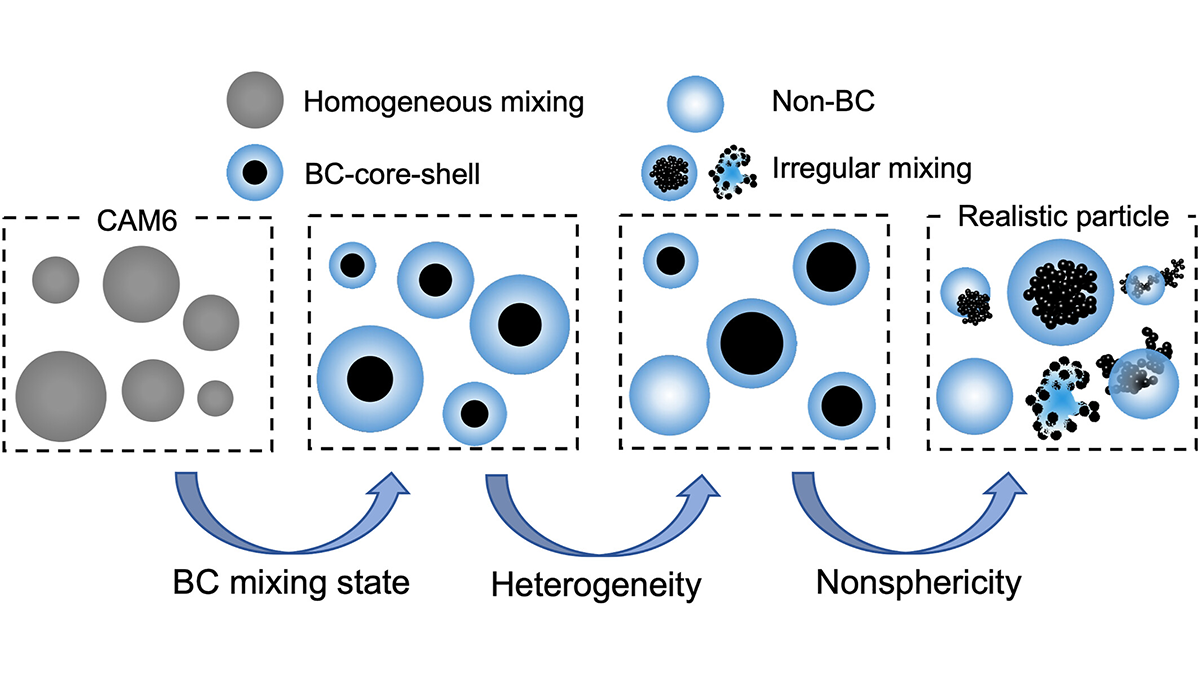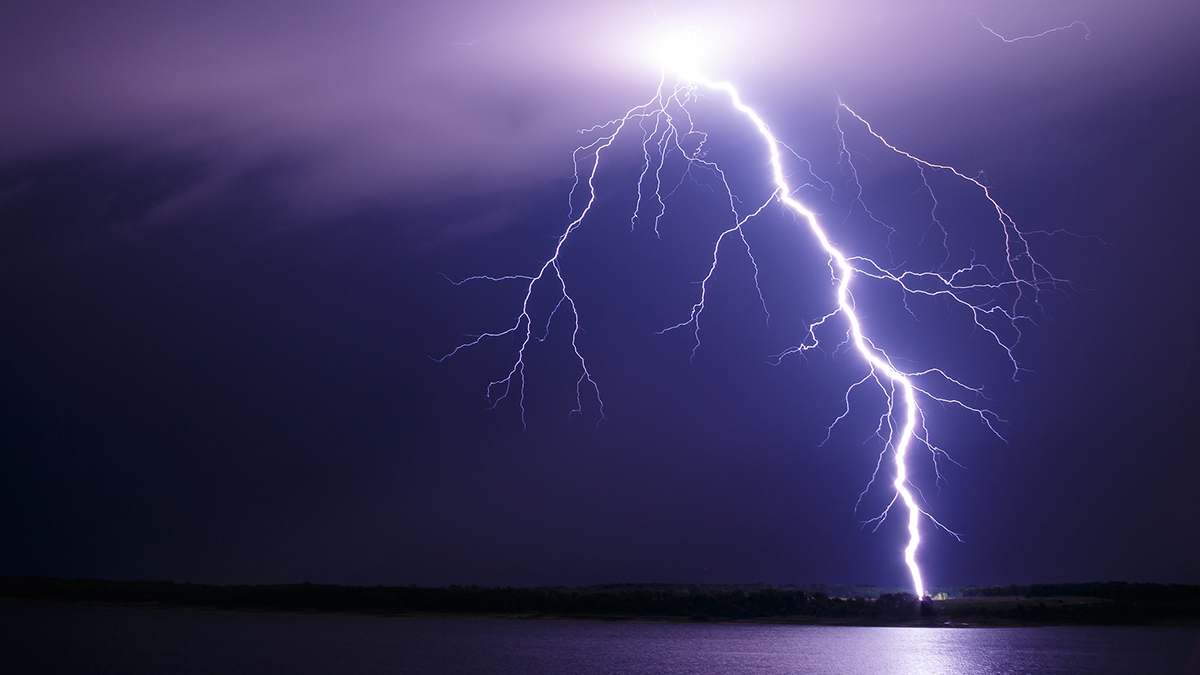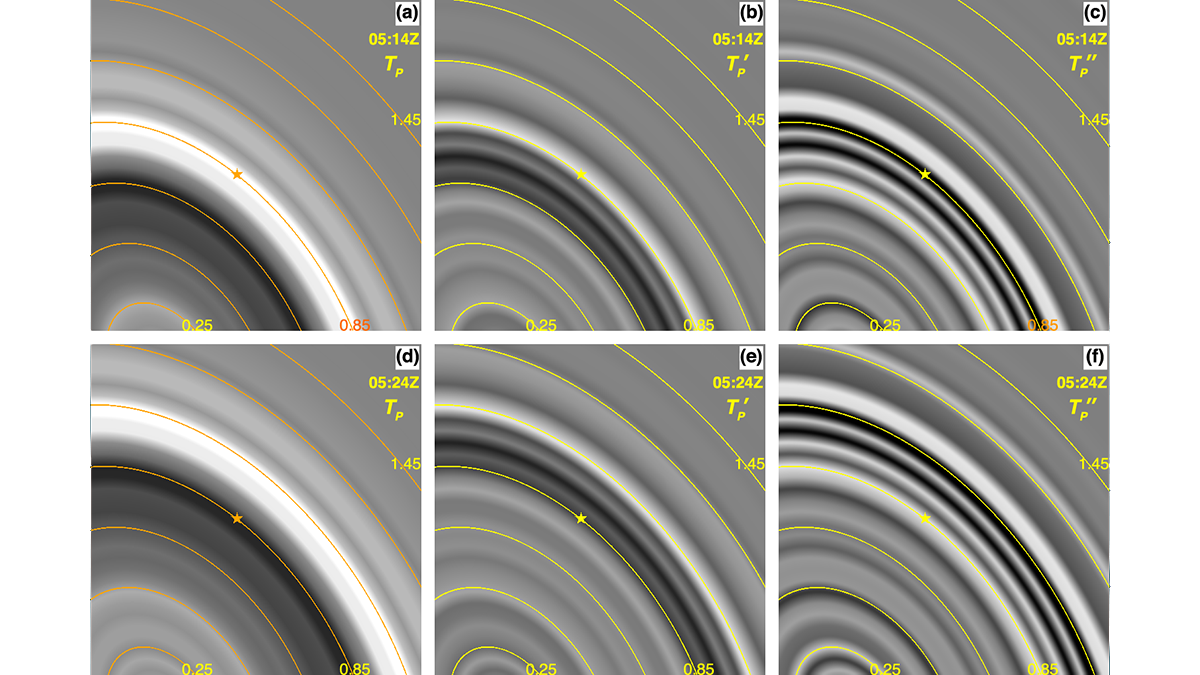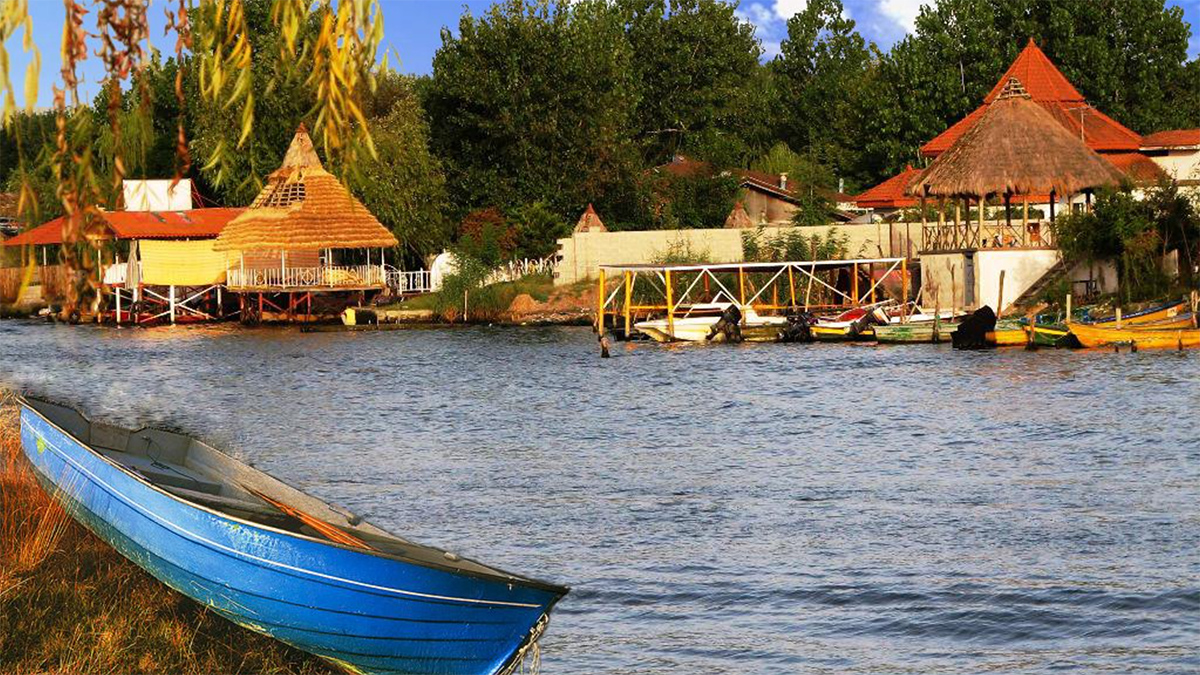A new study introduces a parameterization scheme to capture the complex optical properties of atmospheric black carbon, accounting for its mixing state, nonsphericity, and heterogeneous coatings.
Journal of Geophysical Research: Atmospheres
Atmospheric Effects of Hunga Tonga Eruption Lingered for Years
A new study builds on previous research of the underwater volcano’s effects on the climate.
Past and Future Changes in Atmospheric Clear-Air Turbulence
A new study evaluates long-term changes in atmospheric clear-air turbulence based on meteorological reanalysis and climate model simulations.
Biogenic Sources Still Dominate Organic Carbon Aerosol in Europe
Scientists use radiocarbon measurements from Alpine ice to quantify present and past anthropogenic versus biogenic sources of organic carbon aerosols in the European atmosphere.
Phased-Array Radar Detection of Electrically Aligned Ice Crystals
A new method for observing electrically aligned ice crystals in localized storms can detect the onset of electrification and lightning in developing storms.
New Insights on Atmospheric Waves from the Hunga Volcanic Eruption
High temporal resolution geostationary imagery reveals new details of atmospheric waves generated by the January 2022 Hunga volcanic eruption and provides a chronology of the eruption sequence.
Anzali Wetland, Iran’s “Ecological Gem,” May Dry Up by 2060
More sustainable watershed management and agriculture are needed to avoid a desiccated fate.
The Escalating Impact of Global Warming on Atmospheric Rivers
Climate change is set to intensify atmospheric rivers and exacerbate extreme rainfall worldwide.
Modeling Stratospheric Impacts on North American Extreme Events
A new study quantifies the tropospheric and surface impacts of extreme stratospheric wave events and evaluates their representation in state-of-the-art climate models.










